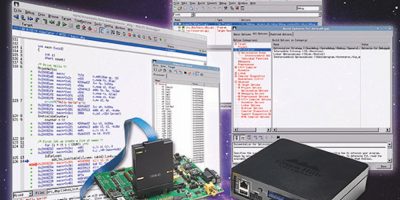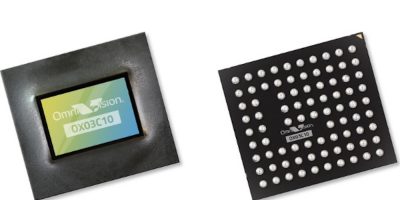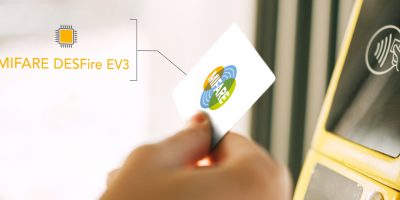Software development tools targeting 32- and 64-bit RISC-V processor architectures have been announced by Green Hills Software. The company announced availability and early customer adoption of its Multi integrated development environment (IDE), multi-core debugger, optimising C/C++ compilers and hardware JTAG probe for software developers targeting pre-silicon and silicon platforms using RISC-V.
The tools for RISC-V can help developers achieve shorter development times, higher processor performance, and to gain competitive differentiation through the RISC-V’s custom instructions and modular instruction set architecture, says Green Hills.
The Green Hills software development tools support both 32-bit and 64-bit RISC-V architectures and provide for the integer, multiply/divide, atomic, compressed, and single- and double-precision floating point modules. Users can add their own custom RISC-V instructions for use in the Green Hills’ compiler, assembler, Multi debugger, and instruction set simulator. RISC-V’s separate privileged instruction set specification is also supported.
Green Hills compilers support ISO/IEC 14882:2011 (C++11), ISO/IEC 14882:2014 (C++14) and ISO/IEC 14882:2017 (C++17) which offers a number of new language features and standard libraries. They also support Embedded C++ and GNU C/C++ extensions.
Certification support and evidence for MULTI and the C/C++ run-time libraries for RISC-V will be available in CY2021 to enable customers’ FuSa production program requirements.
To help prevent new software bugs in RISC-V applications, an integrated MISRA C/C++ Adherence Checker for MISRA 2004 and MISRA 2012 is seamlessly integrated in the Multi development tools and the DoubleCheck static source analyser identifies programming errors. DoubleCheck automatically runs during compilation, differentiating it from traditional static analysis tools which run separately from the compiler. The Run Time Error Checking tool complements DoubleCheck by finding bugs at run-time that cannot be identified by static analysis alone.
The Multi development tools can quickly identify and solve problems during software development on RISC-V and other 32- and 64-bit processor architectures. They include the Multi debugger and JTAG probe for single-window debugging and control on complex heterogenous SoCs comprised of one or more RISC-V cores with other cores.
The Profiler pinpoints performance bottlenecks by clearly displaying processor times consumed by each task, function, source line, and assembly language instruction.
The Multi development tools, optimizing C/C++ compilers and Green Hills Probe for RISC-V are available today.
https://ghs.com/go/risc-v







